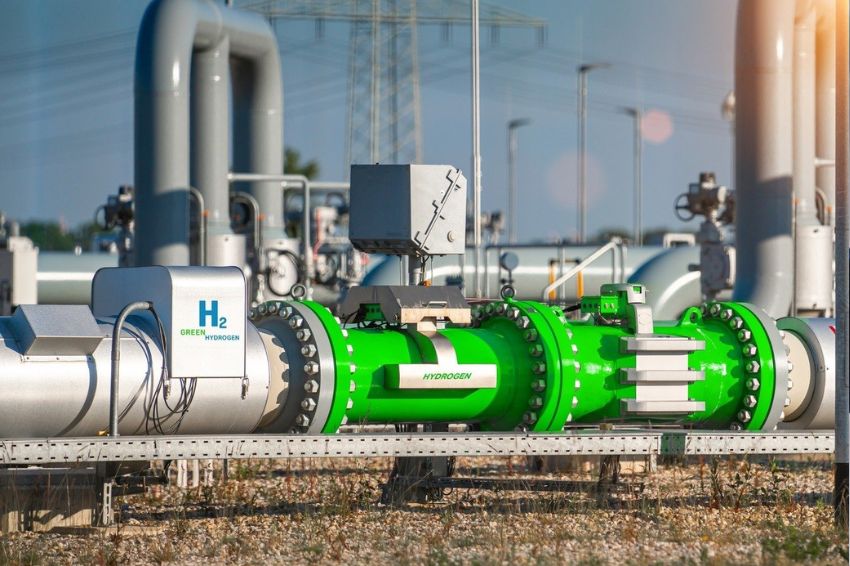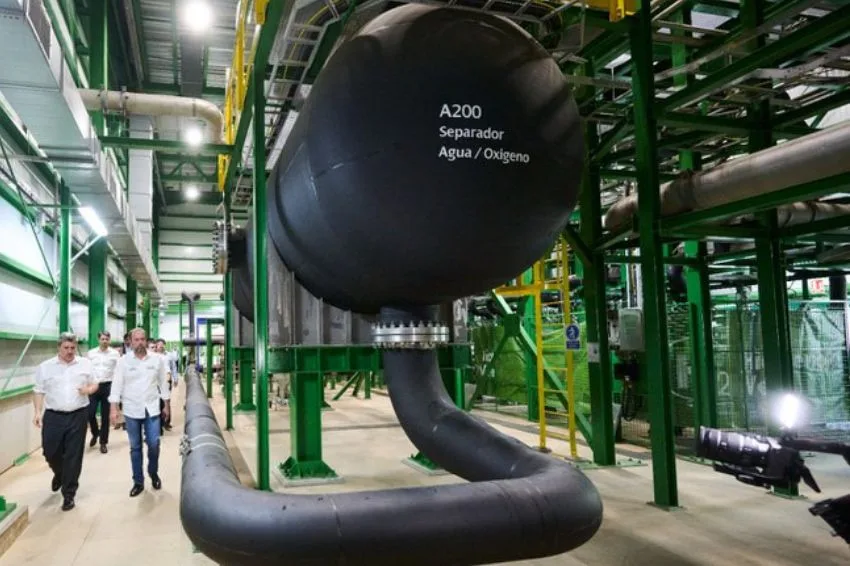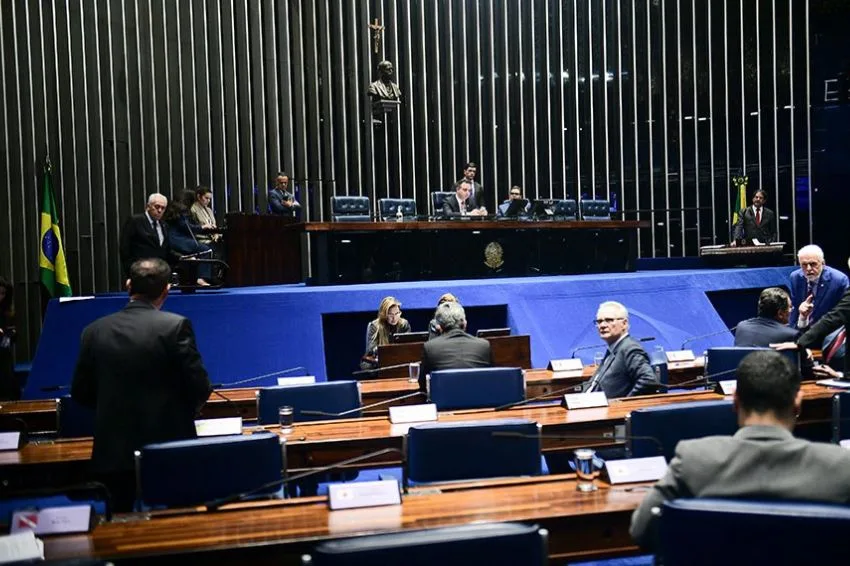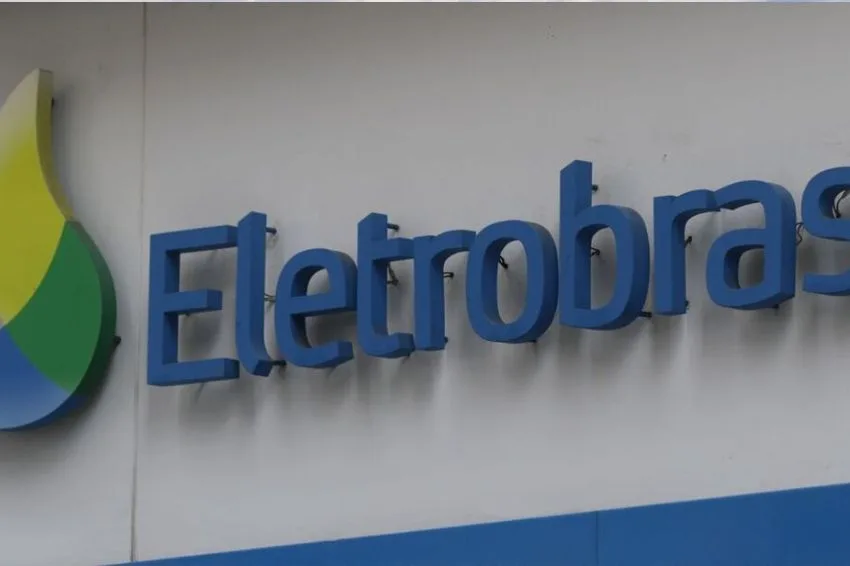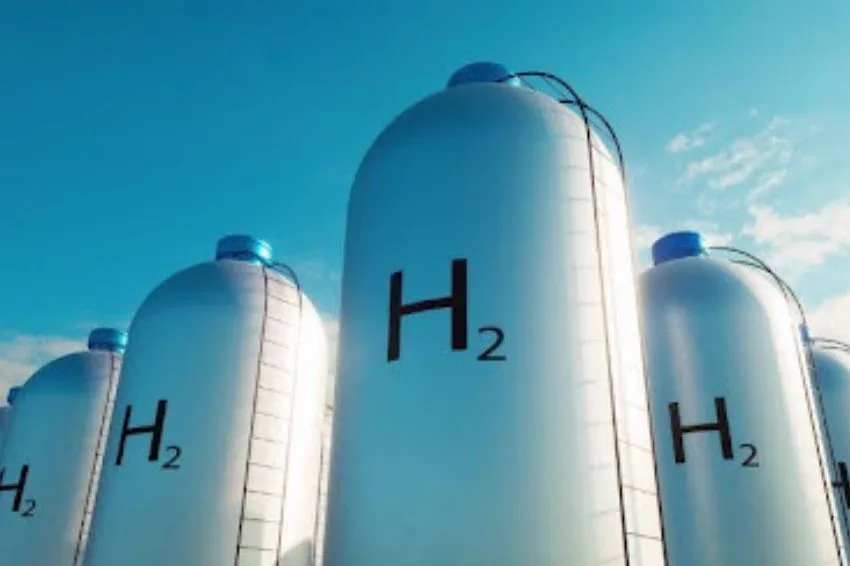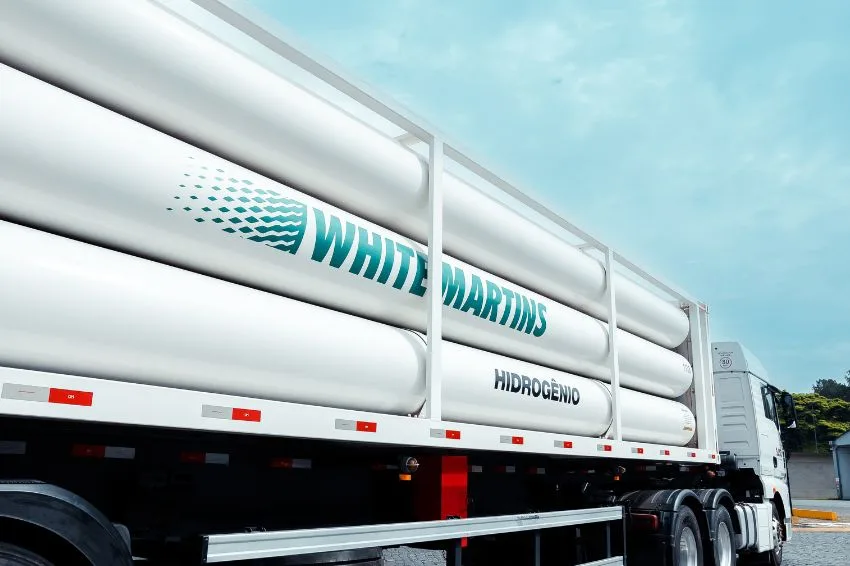The new study by Boston Consulting Group (BCG), entitled "Building the Green Hydrogen Economy”, points out that the H2V (green hydrogen) is becoming a highly profitable opportunity for investments focused on sustainable development.
Faced with a scenario in which governments renew infrastructure to guarantee carbon neutrality, investments in H2V production and transport should reach up to US$ 12 trillion between 2025 and 2050, indicates the consultancy.
“Green hydrogen has always been an alternative considered essential to attack segments that are difficult to reduce the carbon footprint, such as transport and industrial use”, pointed out Arthur Ramos, executive director and partner at BCG.
“Now, given global decarbonization goals, we see a new boost to this industry, with countries establishing national strategies for investment in this segment. We understand that these incentives will accelerate the experience curve and economies of scale, making supply viable in an area with high expectations for reducing future emissions”, he highlighted.
BCG research shows that, in 2021, global demand for hydrogen was around 94 million tons — most of which was produced from fossil sources, usually natural gas. However, in the 2050 scenario, demand for low-carbon fuel will reach between 350 and 530 million tons per year.
“From this perspective, we understand that the main investments, in addition to the supply of renewable energy, must be aimed at the production and transportation of H2V. There is a sense of urgency. If we want to achieve the goals of the Paris Agreement, we will have to invest something around US$ 300 to US$ 700 billion in infrastructure by 2030”, stated Ramos.
Brazil at the center of global discussions
According to BCG, Brazil is one of the countries in the world that is best prepared to lead the green hydrogen market. This is because 85% of the country's energy matrix is from a renewable source, an essential item in the production of this fuel with low environmental impact, in addition to having highly competitive factors for the production of solar and wind energy.
Furthermore, the country has a competitive production cost, attractive transport for the export market and the potential to operate on a large scale. Projects in several states have already received international investments for H2V initiatives, with a focus on serving the foreign and domestic market.
“Brazil can stand out in the green hydrogen market and aim to take a leading role in foreign markets, producing around 15 million tons of H2V and supplying the needs of Europe and Asia. But, to achieve this, governments and companies need to move quickly”, added Ricardo Pierozzi, partner at BCG dedicated to new frontiers in renewable energy.
Infrastructure sector is the biggest beneficiary
BCG points out, in the research, that investments in infrastructure generated a return of 7.36% during the period of 2022, even at a challenging time for the global economy, with increased inflation and geopolitical implications related to the invasion of Ukraine.
Currently, investors have assets of US$ 1.1 trillion in the areas of energy, environment, transport and logistics, digital and social infrastructure. “New technologies and social challenges stimulate the search for the infrastructure of the future, which encourages the industry to renew itself now.”
“We have studied the risks and returns of investments in the sector for the second year in a row, and it is clear that this is a dynamic environment and requires innovative approaches for success,” said Pierozzi.
For industry investors seeking success with green hydrogen, the study indicated four important strategies:
- Seek opportunities in countries with policies to encourage and mitigate investment risks, or that plan to create robust regulation for the green hydrogen market;
- Obtain experienced partners who contribute to managing the risks associated with investing in low-carbon projects;
- Create a portfolio of investments related to green hydrogen that work in synergy to generate a better return;
- Carefully evaluate additional risks in pioneering projects, in order to guarantee initial momentum for future positioning.
“Companies that invested in wind and solar energy in the early 2010s reported higher rates of return than those that did the same in the following decade. Historically, early investors have better results — this is the time for low-carbon hydrogen”, concluded the executive director and partner at BCG.


